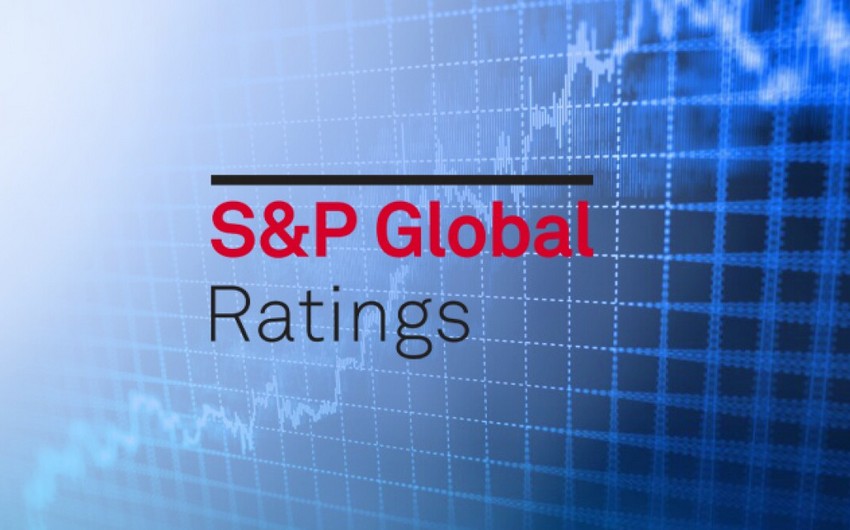Disruption to the supply network due to Houthi attacks on shipping in the Red Sea has caused a surge in freight rates in recent weeks of about 300% on the more affected routes like Asia to Europe, and potentially doubling again, Report informs referring to S&P Global Ratings.
This supply route sees about 10% of global seaborne trade.
“Nevertheless, many shipping companies are prioritizing safety and either suspending voyages through the Red Sea and the Gulf of Aden or diverting to the longer route around the Cape of Good Hope. Containership tonnage traversing the Red Sea faced a sharp correction falling more than 80% in the second half of December compared to the first half, according to Clarksons Research. The longer transit time around Africa increases fuel and crew costs and disrupts supply chains. For instance, diverting a containership via the Cape of Good Hope typically adds an extra 10 days to East Asia-Northern Europe sailings and two weeks to East Asia-Mediterranean trips,” reads the report.
Longer unplanned voyages and disruption to the shipping network amid heightened uncertainty has led to a tighter shipping market—particularly for container vessels.
The surge in shipping prices will provide a windfall for shipping liners’ profitability after a sharp drop in carriers’ earnings in 2023, when rates abruptly normalized from pandemic-induced record highs. “We expect freight forwarders and carriers of air freight will also receive some indirect financial benefit,” reads the report.
“Despite their significant rise, we don't expect freight costs to reach COVID peaks—instead, we anticipate they might decline, starting in the second half of the year. The economic environment now is quite different than in 2020-2021, when consumer demand for goods was exceptionally high during lockdowns, stimulated by government support measures. Today, spending on tangible goods is relatively weak and more balanced against services. We also don't expect the tightness in the supply-demand balance in the container shipping market to last due to significant deliveries of new ships. The current orderbook—equating to 27% of the total global fleet, according to Clarksons Research—suggests container liners' total capacity might grow 7%-8% over the course of this year (at a similar rate as in 2023),” the report noted.
“Tankers and liquefied natural gas (LNG) carriers transporting OPEC and Russian oil and Qatari gas appear to have not been targeted by the Houthis. We believe that this—combined with Saudi Arabia's ability to reroute oil supply to Europe via its 7.5 million barrels per day Yanbu terminal to the north of the Gulf of Aden—has resulted in oil and gas markets not pricing in significant risk premiums. This is because, while shipping Qatar's 12% share of Europe's LNG imports (and 5% of Europe's total consumption) through the Cape of Good Hope is somewhat costlier, risks of physical lack of gas resulting from hostilities in the Gulf of Aden remain low. On the oil side, the voyage represents under 3% of total oil costs. As of Jan. 17, the price of LNG landed in Europe has dropped to $8/thousands of cubic feet (Mcf), a six-month low and about the level of mid-2021, before Europe's energy crisis; LNG tanker chartering rates remain moderate.”


 https://static.report.az/photo/9fc98dc0-67ab-3e3b-b512-d4bbbbe31741.jpeg
https://static.report.az/photo/9fc98dc0-67ab-3e3b-b512-d4bbbbe31741.jpeg

